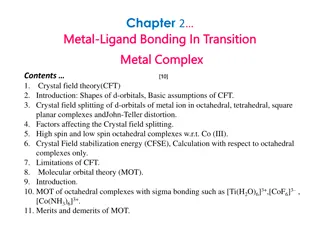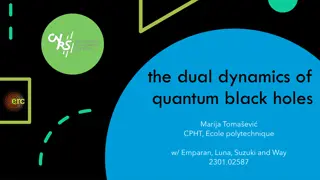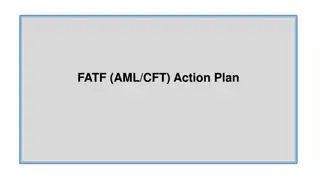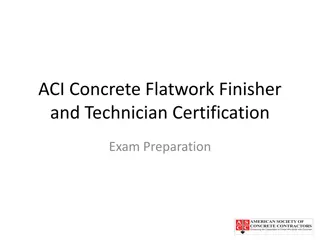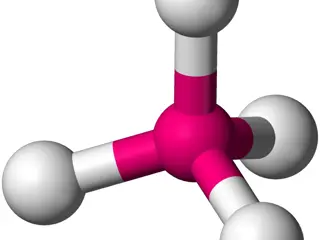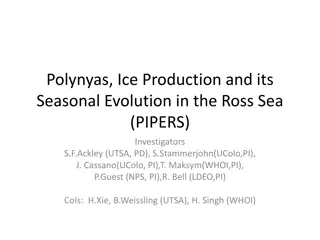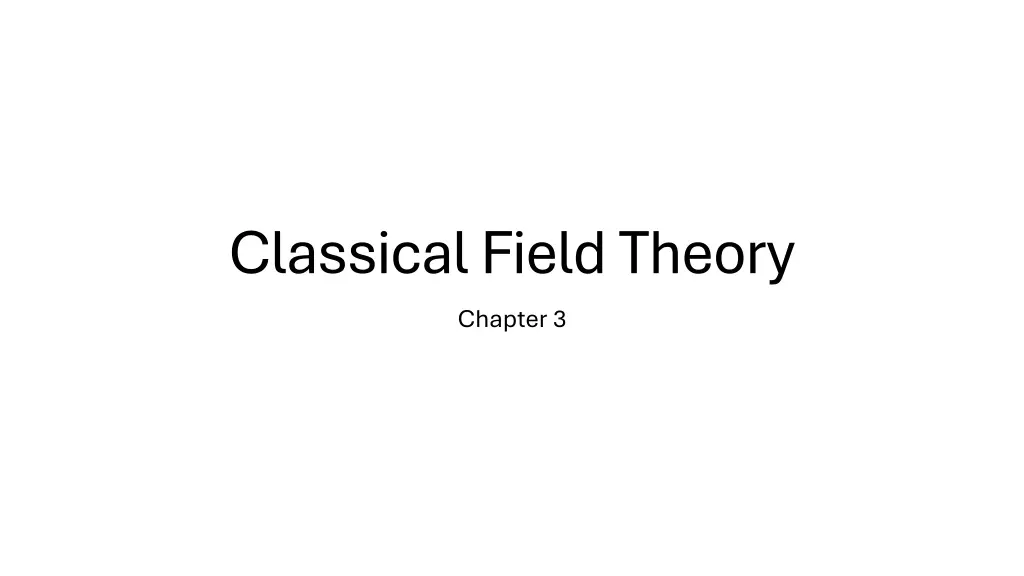
Understanding Particle Interactions in Relativistic Field Theory
Explore the concepts of particles in relativistic mechanics, their interactions with electromagnetic fields, and the transition from action to Lagrangian to equations of motion in classical field theory. Dive into how particles interact with fields and the implications for understanding physical reality.
Download Presentation

Please find below an Image/Link to download the presentation.
The content on the website is provided AS IS for your information and personal use only. It may not be sold, licensed, or shared on other websites without obtaining consent from the author. If you encounter any issues during the download, it is possible that the publisher has removed the file from their server.
You are allowed to download the files provided on this website for personal or commercial use, subject to the condition that they are used lawfully. All files are the property of their respective owners.
The content on the website is provided AS IS for your information and personal use only. It may not be sold, licensed, or shared on other websites without obtaining consent from the author.
E N D
Presentation Transcript
Classical Field Theory Chapter 3
Field based description Field based description Force Based Description ? Interactions are often described using a field of force + - Instead of each particle acting upon one another, the particles create a field field of force ? ?2 ?1 ? The field field then acts upon any other particle which can feel the field. 1 ?1?2 ?2 ? = ? 4??0 For classical mechanics, the field is often used as a convenience and is simply an alterative to the force- based description. Field Based Description For relativistic mechanics, one must consider the finite propagation of interactions leading to some greater physical reality of the field. - + ? = ??
What is a particle in relativistic mechanics? What is a particle in relativistic mechanics? In classical mechanics we may have a rigid body which is not deformable under any conditions. In relativity, rigid bodies are not allowed since they break the finite interaction speed rigid body If the body is rigid, then upon impact all points are set in motion at the same time. If all points are set in motion at the same time, then the interaction speed cannot be finite which is forbidden in relativity Since there are no rigid bodies, we can only work with point particles and their associated interactions
How does a particle interact with the electromagnetic field? How does a particle interact with the electromagnetic field? We may separate the action into 2 parts Action Action = action of the free particle + interaction of the particle with the electromagnetic field The interaction of the particle with the electromagnetic field is determined by one parameter*, the electric charge ? ???= (???,? ?) ?? ?? ? ??= (?, ?) ?????? ? = ??= (?, ?) ???= (???, ? ?) ? ?2 1 ?2 ?2 ? ? ? ?? ?? ??2 ? = ? ?1 1 ?2 ?2 ? ? ? ?? ? = ??2 ? *Ignoring spin
From the action to the From the action to the Lagrangian Lagrangian ? ?? ?? ? ?????? ? = ? Rearrange the equation to be a integral over time ?2 1 ?2 ?2 ? ? ? ?? ?? ??2 ? = ? ?1 Integrand is the action 1 ?2 ?2 ? ? ? ?? ? = ??2 ? interaction with the electromagnetic field Free Particle
From the From the Lagrangian Lagrangian to the equations of motion to the equations of motion A charge inside a field is simultaneously subjected to the force of the field and changes the field If the charge is small*, then the changes in the electromagnetic field caused by the motion of the charge may be neglected. 1 ?2 ?2 ? ? ? ?? ? = ??2 ? Using the Euler-Lagrange equation ? ?? ?? ? ? =?? ? ? ? ? ?? ? ? ??= ? ? ? ? +? ? ? ? ? ? ?? 1 ? ? = ? ? = ? ? ? ??= ?? +? ? ? ? * What is considered small will be defined later
Gauge Invariance Gauge Invariance Our equation of motion ultimately can be explained by the field intensities rather than the potentials (4-vectors). ? ? ?? ? ? ??= ? ? ? ? +? ? ? ? Therefore, two electromagnetic 4-vectors will be physically identical if the produce the same vectors ? and ? ? ? ??= ?? +? Different electromagnetic 4-vectors can produce the same vectors ? and ?. ? ? ? We can change our potentials and get back the same fields ???= (???,? ?) = ?? ?? ? = ? 1 ?? ?? ??= (?, ?) Proof: Proof: ? = ? + ? ?? ??? ? ??= (?, ?) ???= (???, ? ?) ? ?+ ? 1 ? ? 1 ?? ?? ? = ( ? + ?) ? = ?? ? ? ? ?? 1 ? ? +1 ? ?? ?? 1 ? ? ?? ? = ? = ? + ( ?) ? ? ? ?? 1 ? ? = ? ? = ?
Gauge Invariance Gauge Invariance The potentials are not uniquely defined and can be changed by the derivative of an arbitrary function ? = ? 1 ?? ?? ? = ? + ? ? Quantities with physical meaning are invariant upon transforming the potentials. They can also be called Gauge invariant. The lack of uniqueness of the potentials allow us to choose the most useful form for our problems Fun Facts: 1. It is always possible to choose the potentials to set the scalar potential (?) to zero 2. If the vector potential ( ?) is not zero, then it is generally not possible to make it zero
Constant Electromagnetic field Constant Electromagnetic field The electromagnetic field (4-vector) only depends upon space and not upon time ??= (?, ?) ?? ? ? ? ?? 1 ? ? = ? ? = ? ? = ? For a constant electromagnetic field, the electric field is only dependent upon the scalar potential and the magnetic field is only deponent upon the vector potential If the electric field is uniform , then we may let the scalar potential equal ? = ? ? If the magnetic field is uniform , then we may let the vector potential equal ? =1 2? ?
Motion in a Constant Electric field Motion in a Constant Electric field Assuming the electric field is only in the x direction ??= 0 ??= ?? ??= ?? ??= ??? 2+ ????2 ???????= ? ?2?2+ ?2= ?2?4+ ?2?0 0+ ????2 = ???2 ??????? ?2??? ?? ??= = 0+ ????2 ???2 ??????? ???2 ?? ??= = 0+ ????2



